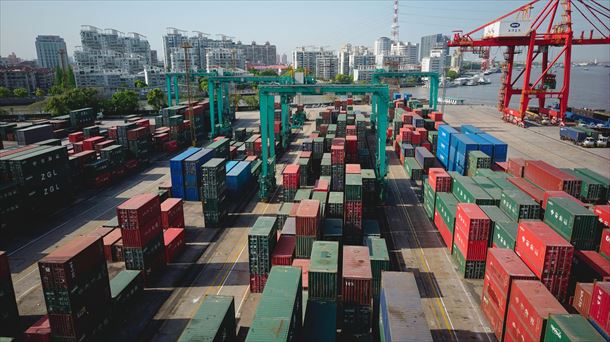Fire professionals provide tips for the start of the heating season and warn against underestimating the danger of carbon monoxide. There are numerous possible sources of CO in private households, including pellets.
With the falling temperatures, the heating systems in many homes are taken out of their “summer break” and put back into use. “But you should not underestimate certain dangers,” warn Amstettner section commander Stefan Schaub and his deputy Christoph Stockinger. The invisible but highly toxic carbon monoxide (CO) can spread quickly with different types of heating.
Negative pressure and bird nests
Old or poorly maintained gas boilers and water heaters are common culprits. “If these devices do not function properly, CO can be released,” Schaub explains. Fireplaces and wood-burning stoves can also produce carbon monoxide if the exhaust is not vented properly, he explains: “High-pressure zones in late autumn often cause a backlog in the chimney. A heat plug is created in the chimney that prevents the flue from escaping. Conversely, low-pressure weather also leads to smoke filling the room, because the flue no longer draws properly.” Unusual causes such as a bird’s nest can also cause the flue to become clogged.
Anyone who uses the popular patio heaters or charcoal barbecues in garages or other enclosed spaces without sufficient ventilation also risks a catastrophe. “The same obviously applies to generators, cars, lawn mowers or other devices with combustion engines,” the Florianis explain.
Life-threatening concentration caused by pellets
Even pellets can pose a hazard. “Research has shown that under certain conditions the resin components react with oxygen from the air, releasing CO,” the duo explains. Room temperature, freshness of the pellets and storage time are crucial factors. “The CO concentration can be life-threatening, especially in warm rooms where freshly produced, still moist pellets have been stored for two to three weeks. Conversely, the same applies to pellets that are delivered dry and stored in damp, warm cellars and thus absorb moisture from the environment,” warn Schaub and Stockinger.
The pair therefore strongly recommend smoke detectors and CO measuring equipment. “Unfortunately, these are still far too rare in old buildings near gas boilers, but they only cost 25 euros. They are the cheapest life insurance policies and also a sensible birthday or Christmas gift,” the two emphasize.
Source: Krone
I am Wallace Jones, an experienced journalist. I specialize in writing for the world section of Today Times Live. With over a decade of experience, I have developed an eye for detail when it comes to reporting on local and global stories. My passion lies in uncovering the truth through my investigative skills and creating thought-provoking content that resonates with readers worldwide.



